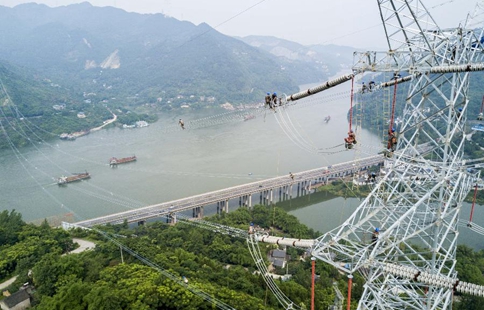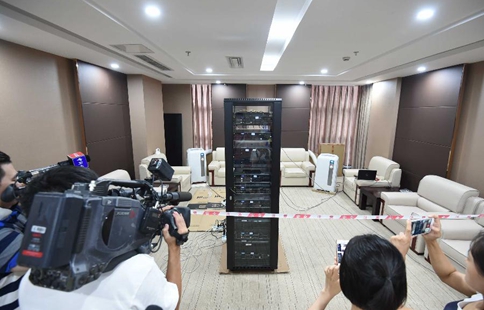WELLINGTON, June 8 (Xinhua) -- New Zealand Science and Innovation Minister Paul Goldsmith on Thursday announced an investment of 31.7 million NZ dollars (22.86 million U.S. dollars) to upgrade the country's supercomputing capabilities.
"The existing supercomputers are at the end of their operating lives and energy intensive by today's standards. The new supercomputers will deliver up to 10 times the computing capability and more than four times the storage capacity of their predecessors," Goldsmith said in a statement.
The computing research service is designed and provided by the New Zealand eScience Infrastructure (NeSI), a collaboration between NIWA, a science service provider, Landcare, and the Universities of Auckland and Otago, according to the statement.
"Computational needs of the science community are growing exponentially and from a range of key areas from natural hazards and climate science, through to computational chemistry, astronomy, and biomedical research," Goldsmith said.
"There are also a number of key government science initiatives that require computational support including the National Science Challenges, Centres of Research Excellence, and the genomics platform," he said.
New Zealand currently has two supercomputers available to the research community, Fitzroy, based at NIWA's Greta Point in Wellington, and Pan, based at the University of Auckland.
They will be superseded by three supercomputers, with replacements for Fitzroy and Pan at NIWA in Wellington, and a smaller back up computer for NIWA housed at the University of Auckland's Tamaki Data Centre, Goldsmith said.
"This new investment will significantly enhance New Zealand's ability to meet the growing demands of the scientific research community and help them to tackle some of the issues crucial to our country's future prosperity," he said, adding that installation for the new supercomputers begins in August and they are expected to be operational around February 2018.

















